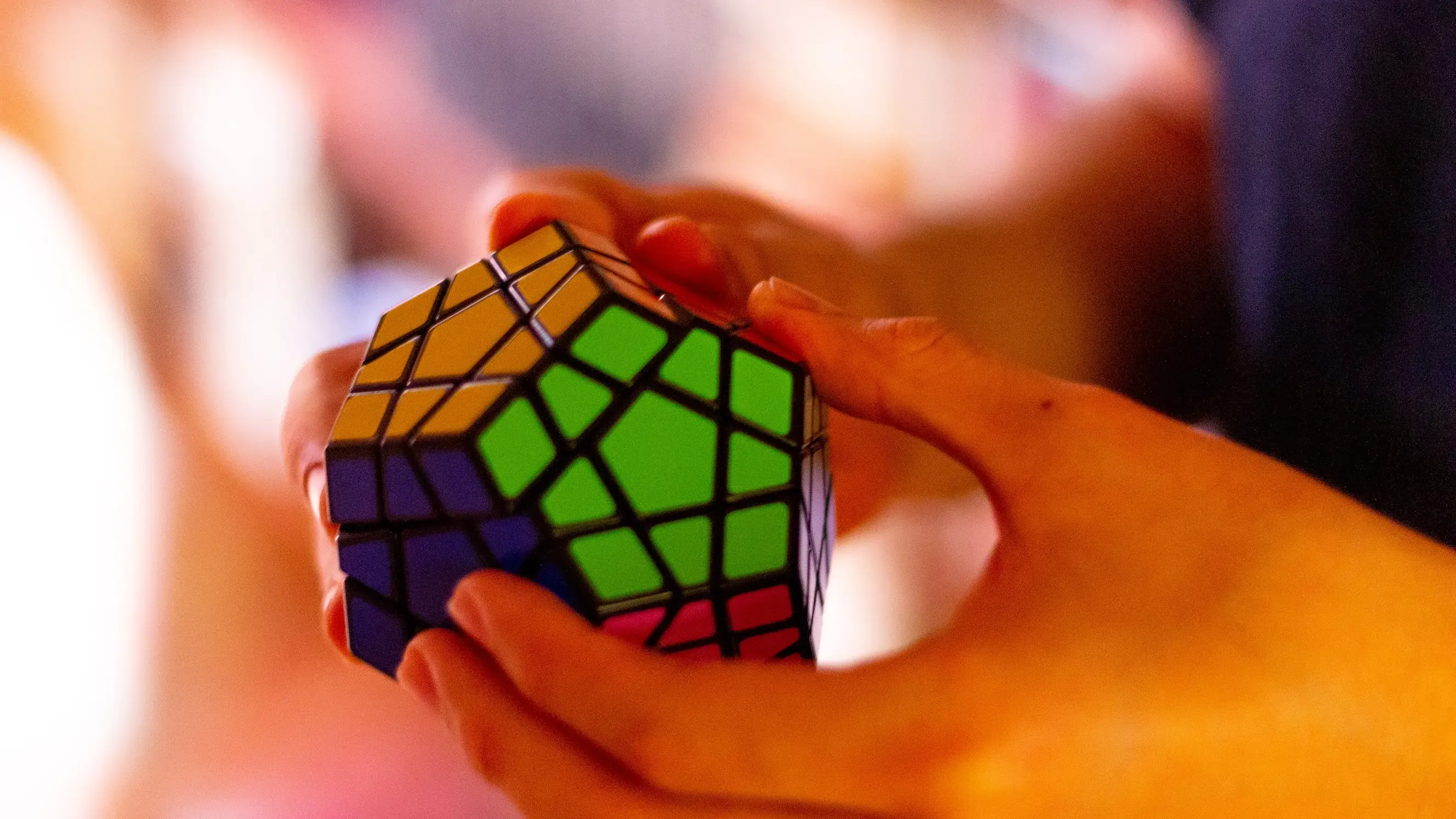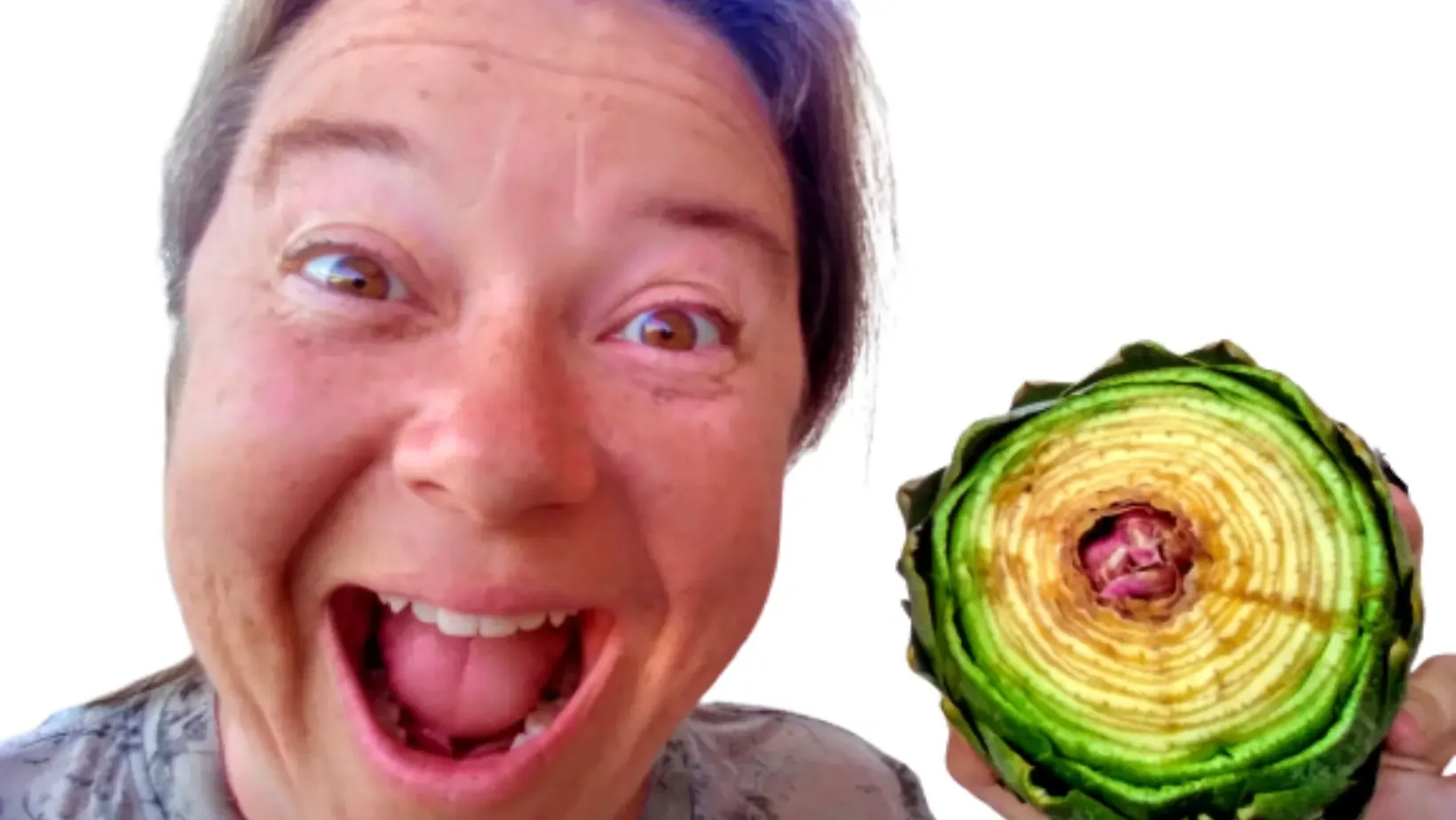How to Strew Homeschool Math
Are you tired of the constraints of traditional math education? Do you believe that there is a better way to teach your child math, one that doesn't rely on prescribed curriculums?
That’s why I want to share with you about strewing math resources for your homeschool or unschool family today.

Strewing Definition
What is homeschool strewing?
The literal definition of strewing is to scatter about, but, the homeschool definition means something a bit different.
Homeschool strewing is secretly laying out resources for your child to discover based on the interests they casually or passionately bring up.

When to Strew
The act of strewing, or laying out learning resources, usually happens when the child is asleep in bed or out of the house so that you can lay out the interesting resources for them to find on their own without any coaxing from the adults. You lay them out and then all of the adults ignore them allowing the child to discover and explore them, that is, explore them if there is genuine interest in them.
Math and Science Strewing Examples
For example, if your child expresses interest in learning about spaceships. The next day, or in upcoming days you could lay out library books about space and spaceships. Perhaps a comic book about them with maybe a lego kit to build a space ship. That’s the math part! There is a rich connection between mathematics and the engineering it takes to create a spaceship.

If they want to dive in deeper, you could transform a room into a space station. Lay out an art project for them to create a spaceship using other materials.
Do you have to spend money to strew. No and no. But yes, if they have an established interest in a topic. At first strewing typically entails laying out things you already have on hand or can easily acquire for free until your child shows greater interest and would like to explore it for a longer time and go deeper. I know Jessica, from the Waldock Way turned one room in her house into a veterinary clinic for her one child.
Strewing is a way for homeschool and unschool parents to facilitate their child’s interests without pushing or forcing unwanted math curriculum, or, any curriculum on the child. Of course you can strew other topics/subjects, not necessarily math related, but, I’m using math since it tends to be locked away in traditional math curriculum found in textbooks and workbooks or online programs.

Where to Strew
Strewing can become like a treasure hunt for the child. You can have a special place or number of places where you lay out, or strew, the math learning resources. This can include strewing in a drawer, on a coffee table, a child's nightstand, an empty spot on a bookcase where your kiddos can reach.
If you have younger kids and don’t want them getting into the stuff, try strewing in higher locations where they can’t reach or strew the stuff in a locking container only your kiddos can unlock. Make it appealing so it’s like looking for treasure for them. When your child is around, Ignore them yourself unless they invite you to join in the exploration. Allow them to discover it on their own in their own time.
What to Strew
Now, if you want to try out laying resources specifically related to math, they can include:
Strew math instruments including:
- Scientific calculators
- Compass
- Protractor and ruler with...
- Gel pens
- Colored pencils
- Colored paper
Strew Math-art related tools:
- Spirograph - you can usually pick those up at a garage sale or thrift store
- Mandala stencils or supplies to create mandalas (colored sand, colored rice)
- Mandala coloring page printouts with coloring untensils

Strew Math Puzzles
- Rubik’s cube and family including pyramids, missing link, etc.
Teachers Pay teachers has some great free math games you can download and printout. Print out a number of games and find out which ones your kiddo likes.
Strew Math and Science Connections Together
Math, science, and art go hand in hand since math is the language of mathematics and all art can be expressed mathematically from geometric shapes to fractals, a self-similar repeating pattern such as veins found on leaves, and branches of a tree, or the neuron pathways of the human brain.
If your child expresses interest in science or art, you can add complimentary related math resources.

Strew interesting objects from nature with a magnifying glass including:
- Pine cones
- Acorns
- Various leaves
- Pieces of bark
- Cross-section pice from a tree showing concentric rings
Keep a private logbook of what your children brings up as interests (especially math, science, and art since the three are closely related) so that you don’t forget their interests.
One by one, assemble resources such as books, games, toys, puzzles, art materials with maybe one prompt on a 3X5 card, and see what happens. Where you can, it’s better to leave out prompts and just allow your child to explore the resource the way they wish.
Don't Take it Personally!
You know what the most important part of math strewing is? DON’T TAKE IT PERSONALLY IF YOUR CHILD simply isn’t interested and doesn’t interact with the materials or interacts for say like 2 minutes and then ignores them.
It may take several strews before you hit the nail on the head of your child’s interests and they engages with the resources.
Here in the Math Learning Secrets Challenge Facebook group, I cover a myriad of ways that you can make your homeschool math more fun through real life learning experiences and projects.
Storytime about me strewing math. Back in 2010, I ran a nature-based math and science program for multi-aged kids. I mainly strewed each day of the program, but, it was also only 3 days per week. There were so many strews and children, that they almost always found something of interest. Strewing is actually very much similar to the learning center equivalent of stations for a group setting of children.
I would keep the same math and science displays up for up to a week at a time and then change them out to keep them curious and interested.
Here are some of the things I strewed that were either solely math related, science, and math and art related.
- Math storybooks
- Math board games
- Math puzzles
- Microscopes with slides
- Mandala coloring pages with choices of media including paint, colored pencils and crayons.
Listening to Your Child for Math Strewing Ideas
Keep listening for your kiddos interests in conversations and while doing other homeschool work. Try laying out different math, science, and art displays until they engage with them for a good length of time. If you casually observe your kiddo out of the corner of your eyes interacting with the resources, learn from it. What else might go well with that exploration?
Add to it your strewing.
You can start slowly with one strew per child per week, or up to 3 or 4 times per week. Whatever works best for your family. If they get excited, strew as much as you have time and energy for.
At first, keep it simple with a book and one resource, toy or puzzle to go with it. For example, strew a living math storybook with a Rubik’s cube, Or, a science experiment book with one of the experiment's supplies and a short prompt card with the page number of the experiment on the card.
Try different strewing spots or containers both indoors and outdoors. If you strew outdoors make sure that the resources are weatherproof or are protected within a tent or fort.
Ready to keep going with some big help deschooling math?
Check out NatureGlo's MathArt online unit study program!
That’s why I created the yearlong and beyond MathArt online unit study. It’s a math history framework that weaves in other subjects including math, history, art, literature, music, and more.
CLICK HERE to learn more about MathArt.
What do you think about strewing math?
Share in the comments below.
I’d love to hear your thoughts or answer your questions.
Talk Soon,
NatureGlo


